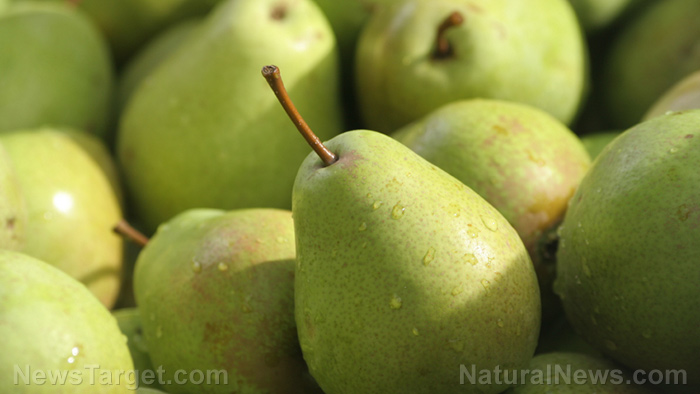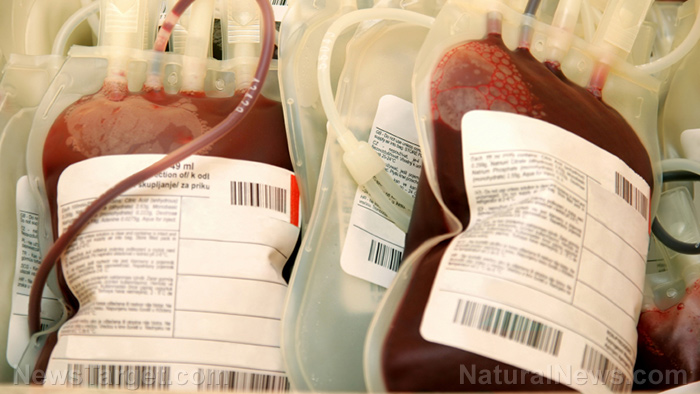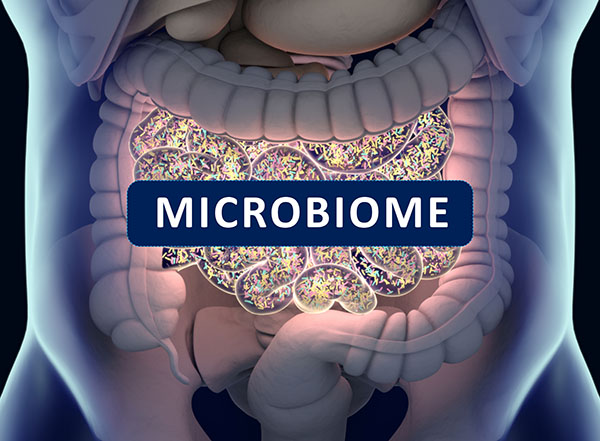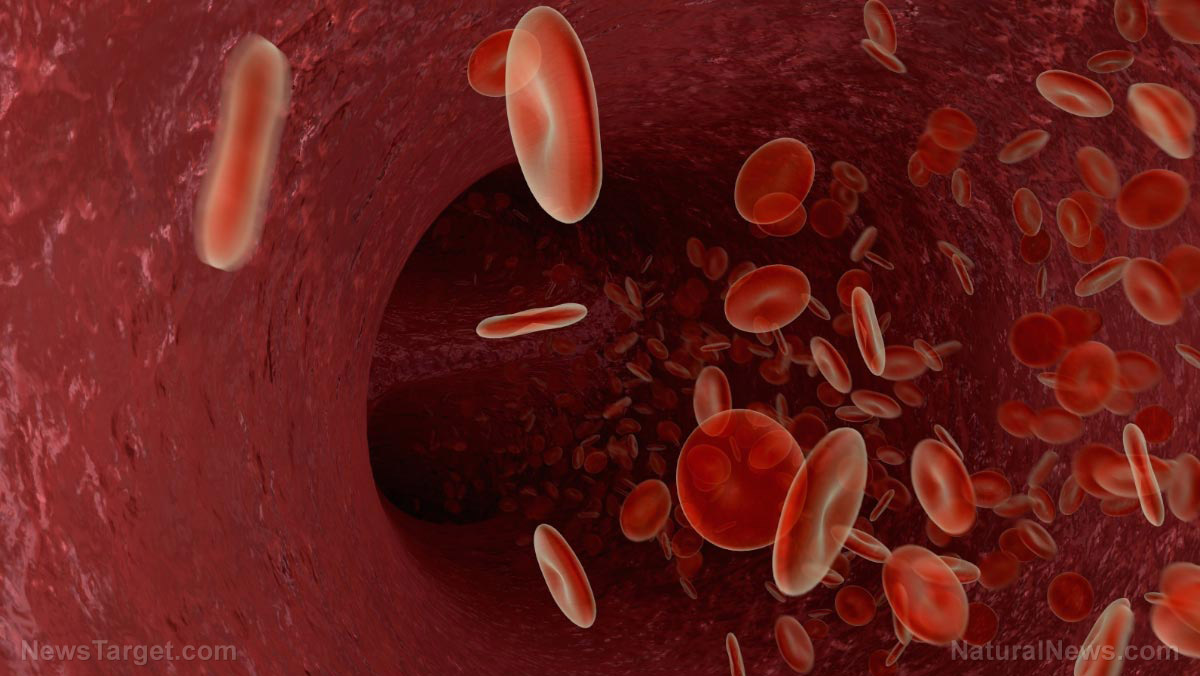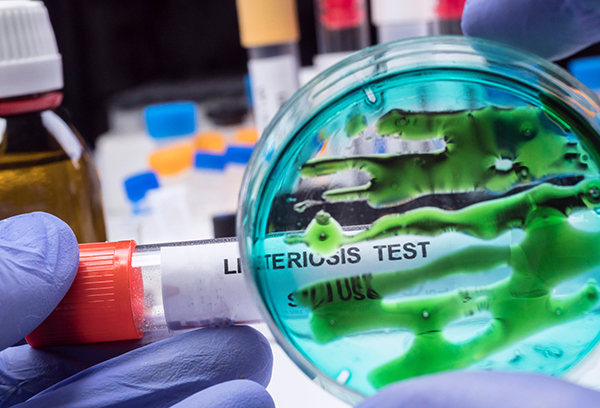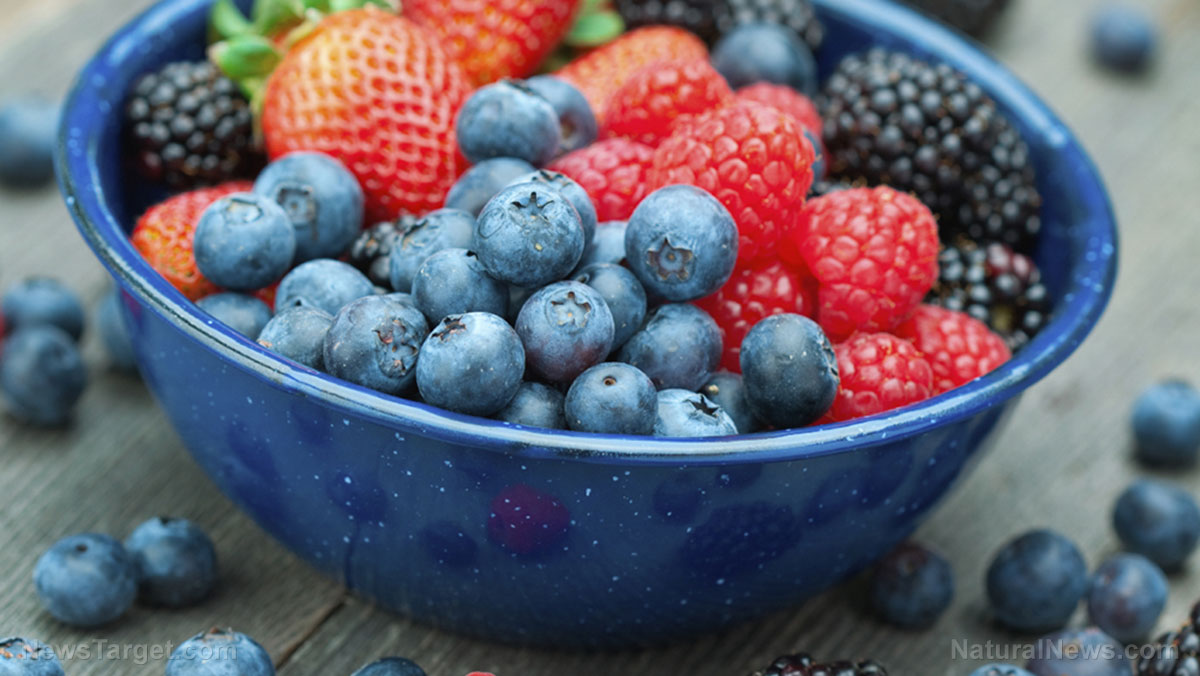A hidden health crisis for kids: Study discovers almost 20% of packaged foods contain SYNTHETIC DYES
07/06/2025 / By Ava Grace
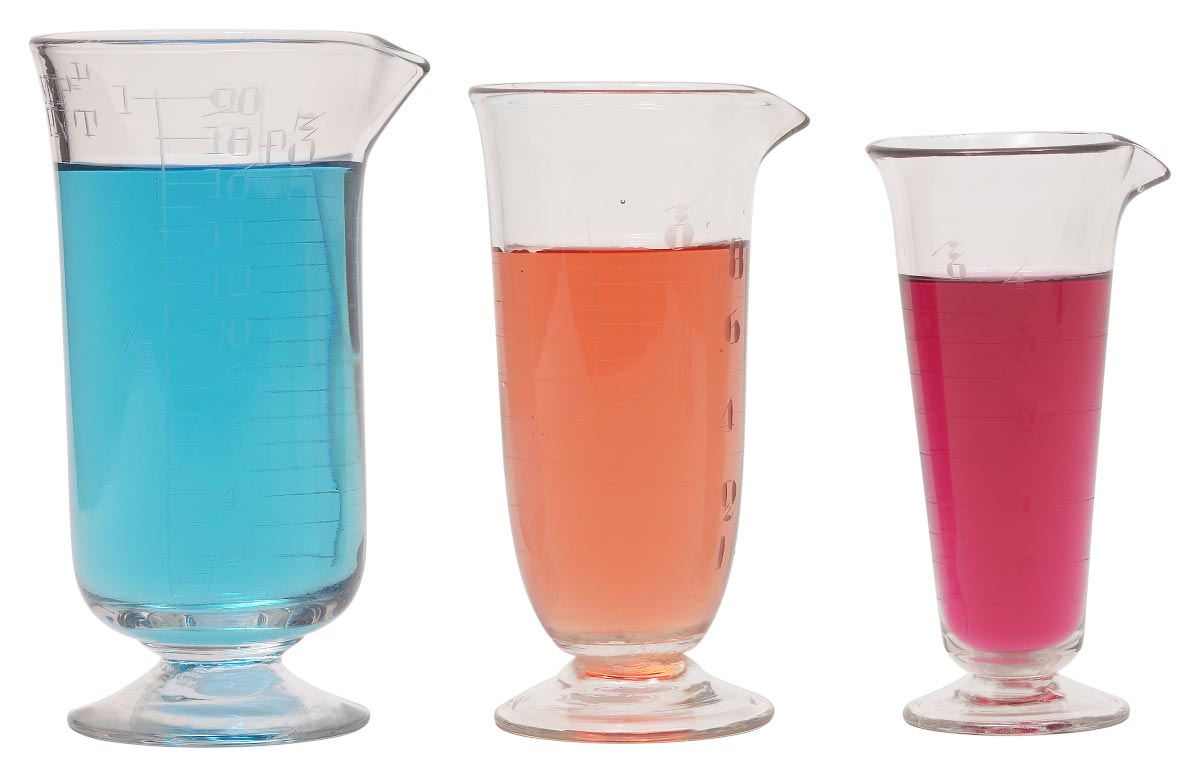
- Nearly 20 percent of U.S. packaged foods and beverages contain synthetic dyes, including 28 percent of foods targeting children.
- These petroleum-based additives (e.g., Red No. 40, Yellow No. 5, Blue No. 1) are tied to hyperactivity, allergies and neurological harm, despite offering no nutritional benefit.
- Foods with synthetic dyes contain 141 percent more sugar on average, exacerbating risks for behavioral issues, metabolic disorders and addiction-like consumption.
- The FDA’s slow action (e.g., delayed Red No. 3 ban) and lack of bans on other harmful dyes highlight weak oversight, unlike Europe’s stricter warning labels.
- To reduce exposure, read labels (avoid “FD&C” dyes), choose organic, cook whole foods and support detox with antioxidant-rich diets. Systemic change is needed for long-term safety.
A startling new study has uncovered that nearly 20 percent of packaged foods and beverages in the U.S. contain synthetic dyes. These chemical additives are linked to hyperactivity, behavioral disorders and neurological harm in children.
The study’s authors examined over 39,000 products sold by the top 25 U.S. manufacturers in 2020, with their findings published in the Journal of the Academy of Nutrition and Dietetics on June 24. They found that these synthetic dyes were present in 19 percent of products – from candy and sports drinks to breakfast cereals and snacks falsely labeled as “healthy.”
Most alarming was the discovery that 28 percent of foods targeting children contained synthetic dyes, compared to just 11 percent of general products. Red Dye No. 40 was the most common offender, appearing in 14 percent of all items analyzed. Other frequently used dyes Yellow No. 5 and Blue No. 1 were both associated with allergic reactions and neurological damage.
Synthetic dyes, derived from petroleum, are used to enhance the visual appeal of processed foods. But these chemicals serve no nutritional purpose, and often mask low-quality ingredients.
The study also revealed a troubling pattern. Foods containing synthetic dyes contained, on average, 141 percent more sugar than those without. Products with dyes had 33.3 grams of sugar per 100 grams, compared to just 13.8 grams in dye-free alternatives.
This combination of artificial colors and high sugar content creates a dangerous mix, increasing risks for childhood behavioral issues, metabolic disorders and long-term health problems. (Related: Study: Artificial food dyes linked to BEHAVIORAL ISSUES in kids.)
Dr. Elizabeth Dunford of the University of North Carolina, the study’s lead researcher, noted that food manufacturers appear to use synthetic dyes to market hyper-sweetened products. Food companies are effectively engineering foods to be both visually and chemically addictive, she noted.
The hidden dangers of chemical colorings
Each synthetic dye carries unique risks, yet all share a common trait. They are unnecessary additives with documented health hazards. Here are some to watch out for:
- Red Dye No. 3 (Erythrosine): Banned in cosmetics since 1990 due to cancer risks, it remained legal in food until a recent FDA ban set for 2025.
- Red Dye No. 40 (Allura Red): Derived from petroleum, it is the most widely used dye and has been linked to hyperactivity and allergic reactions.
- Yellow Dye No. 5 (Tartrazine): Known to trigger asthma attacks and mimic aspirin allergies.
- Blue Dye No. 1 (Brilliant Blue): Can cross the blood-brain barrier and has been associated with brain tumors in animal studies.
Despite decades of research, these chemicals remain staples in the U.S. food supply. The Food and Drug Administration‘s delayed ban on Red Dye No. 3 – effective in 2025 but giving manufacturers until 2027 to comply – underscores the sluggish pace of food safety regulation. Meanwhile, six other synthetic dyes remain legal despite evidence of harm.
Health Secretary Robert F. Kennedy Jr. has announced plans to phase out synthetic dyes. But with no clear timeline, consumers remain at risk. Critics argue that voluntary industry measures are insufficient, pointing to Europe’s mandatory warning labels as a more effective approach.
While policymakers lag behind, parents and health-conscious consumers can take proactive steps:
- Read labels carefully: Avoid any ingredient listed as “FD&C” followed by a color and number.
- Choose organic: Organic certification prohibits synthetic dyes, significantly reducing exposure.
- Cook from scratch: Whole, unprocessed foods eliminate hidden additives.
- Support detoxification: Antioxidant-rich foods like berries and leafy greens help the liver process chemical toxins.
The widespread use of synthetic dyes in America’s food supply highlights a disturbing prioritization of corporate profits over public health. With children being disproportionately targeted, the stakes are alarmingly high. While individual vigilance can help, lasting change requires stronger regulations, corporate transparency and consumer demand for cleaner food.
Watch this video that discusses the dangers and toxicity of food dyes.
This video is from the Take Control of your Health! channel on Brighteon.com.
More related stories:
Research shows food dyes can damage DNA structure and cause cancer.
Understanding how food dyes impact children’s health: Their history, politics, alternatives.
RFK Jr. gives food companies two years to remove harmful artificial dyes.
Sources include:
Submit a correction >>
Tagged Under:
Brain, brain damaged, brain function, chemicals, clean food watch, Dangerous, food colorings, food science, ingredients, Mind, packaged foods, poison, research, stop eating poison, synthetic dyes, toxic ingredients, toxins
This article may contain statements that reflect the opinion of the author
RECENT NEWS & ARTICLES
Natural.News is a fact-based public education website published by Natural News Features, LLC.
All content copyright © 2018 by Natural News Features, LLC.
Contact Us with Tips or Corrections
All trademarks, registered trademarks and servicemarks mentioned on this site are the property of their respective owners.


